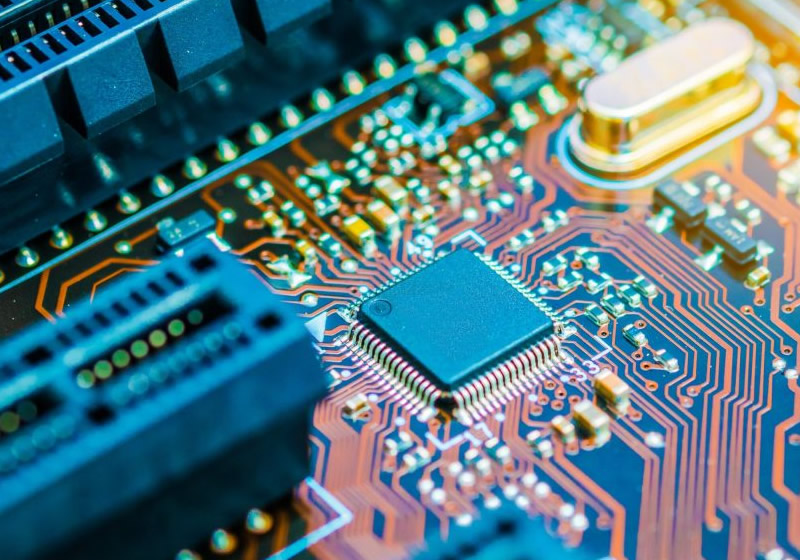
Crystals are a very important component in electronic circuits, mainly made of silicon and germanium as the main materials. They can be manufactured into various shapes and sizes to meet different circuit requirements. The core of a crystal is its lattice structure, which can control the flow of current by changing its impedance characteristics under the action of an external electric field or laser. Therefore, crystals play an irreplaceable role in modern electronic circuits.
Transistors are a commonly used crystal structure and are widely used in circuits. It can serve as a key component in circuits such as amplifiers, switches, and oscillators. The working principle of a transistor is to control the flow of current between the collector and emitter by injecting a small amount of charge into the base. Due to its advantages such as small size and low power consumption, transistors have become the core technology of modern electronic circuits.
In recent years, with the advancement of technology, the application range of crystals has become increasingly widespread. For example, the application of crystals in solar cells and optoelectronic devices has also become a new research direction. In addition, with the trend of smaller and more tightly integrated circuits, transistors are gradually being replaced by new types of components. However, the basic principles and applications of crystals will still be an important topic in the field of electronic circuits.


 Phone: 0755-84715624
Phone: 0755-84715624 Mobile: 18038109879
Mobile: 18038109879 Contact: He Yu
Contact: He Yu Email: sales01@aitaiwei.com
Email: sales01@aitaiwei.com website: www.aitaiwei.com
website: www.aitaiwei.com Address: Room 702, Maple Leaf Pavilion, Building C3, Fuhua Garden, Bantian Street, Longgang District, Shenzhen
Address: Room 702, Maple Leaf Pavilion, Building C3, Fuhua Garden, Bantian Street, Longgang District, Shenzhen